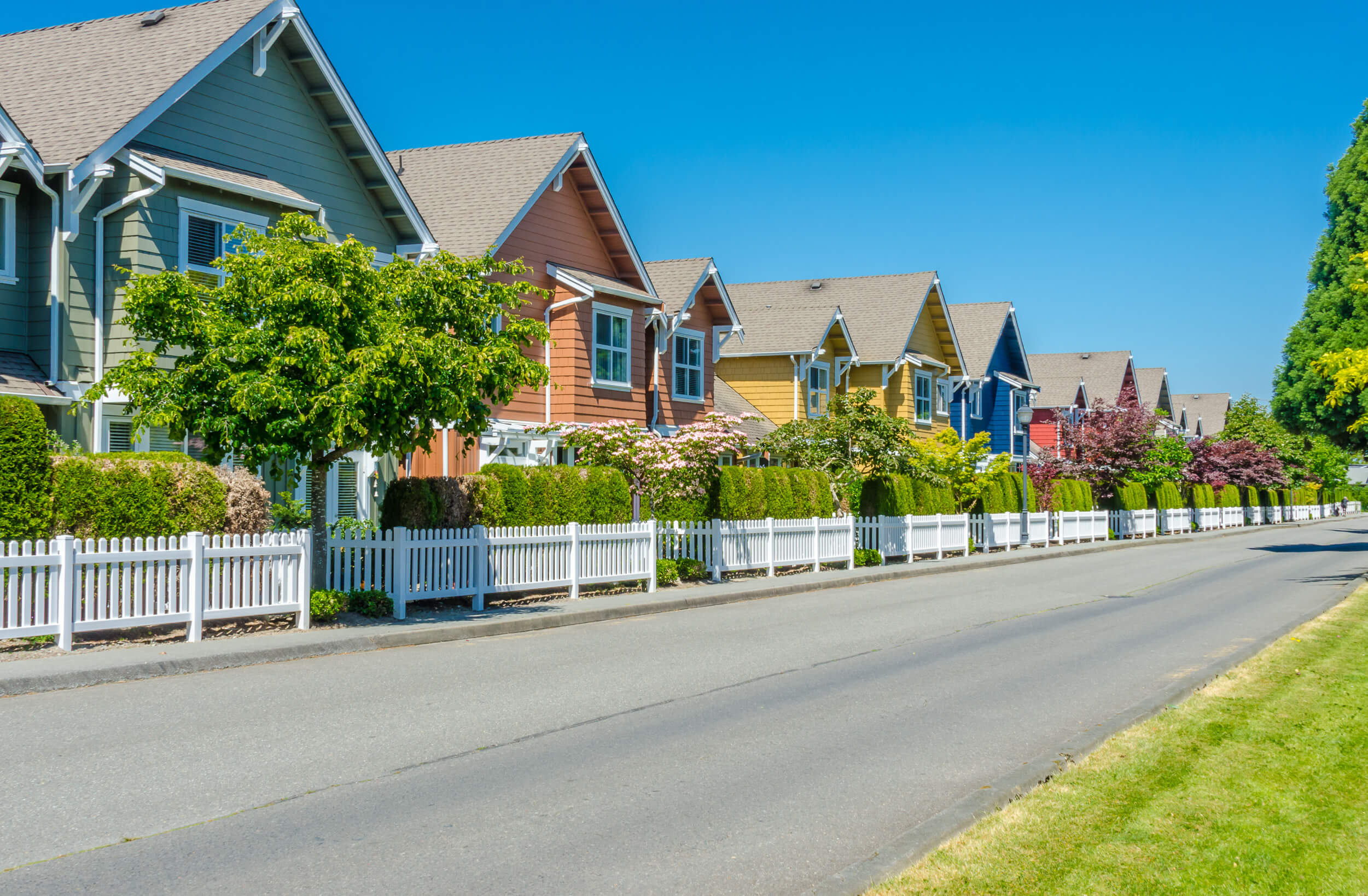
In part one of the Edge of Equity series, learn about the role that plastic will play in addressing both the affordable housing and climate crises.
The United States has a housing problem. In a recent report by the Biden administration, authors noted that housing supply issues have been “around for decades,” with COVID-19 only exacerbating this “perennial” issue. Accordingly, population growth has outpaced the housing supply for 40 years, a crisis compounded by discriminatory zoning regulations and other policies that disproportionately impact people of color. In 2019, the rate of homeownership among white, non-Hispanic individuals was nearly 75%, while it sat below 50% for Hispanic individuals and just above 40% for Black individuals.
This crisis has had a domino-like effect, preventing affected persons from accruing and experiencing the benefits of homeownership, like improved health and wealth accumulation for their families and future generations. On the heels of the passage the Build Back Better infrastructure plan and the conclusion of the global COP26 summit, the United States is looking to make serious progress on issues like housing accessibility and meaningful strides on climate goals. As industry and government leaders work together to develop solutions, plastic has a role to play as both an affordable and sustainable option.
Any solution to the ongoing housing crisis must center affordability. A 2019 survey from Freddie Mac on renters and homeowners found that 41% of all respondents named an inability to afford monthly mortgage payments as a “major obstacle” to owning a home. During COVID-19, financial pressure on homeowners and renters alike only increased. Plastic—an exceptionally versatile, durable, lightweight, and low-cost material—can play a key role in crafting affordable housing solutions.
Plastic emerged late in the 20th century as a valuable construction material. From insulation, to piping, to wiring, to flooring—and even more applications—many construction projects rely on plastic for their execution. Researchers have found using plastic in place of concrete and bricks lowers construction costs, a major driver of housing prices, by two-thirds.
The Biden Administration has set ambitious goals to reduce the United States’ greenhouse gas emissions by 50-52% by the end of 2030, and the versality of plastic offers the construction industry several ways to reduce its emissions. In addition to its valuable building properties and affordability, plastic is lighter to transport than other alternatives and consequently lowers construction emissions. Traditional building and construction materials, like timber, are responsible for 11% of global GHG emissions. Thus, plastic is an ideal construction solution to help the industry feasibly meet environmental goals while addressing the housing crisis.
Beyond emissions, substituting plastic for timber and other traditional building materials avoids other adverse environmental impacts, like the air, land and water pollution across timber’s various production stages. For example, sawmilling, the first stage in the timber-making process, is incredibly energy intensive and waste-generating. Thus, it’s become increasingly difficult for the construction industry to balance fulfilling demand for housing and minimizing the environmental impact of the timber industry, which is where plastics offers valuable solutions.
Using recycled plastic as a resource in building affordable housing also drastically reduces the environmental impact of housing construction—at both material and logistical levels. Lumber products are usually not recyclable, and plastics can be infinitely recycled into new products and more homes.
Transporting building elements made from lighter plastics, as opposed to lumber, also results in reduced fuel emissions from transport vehicles. Thus, plastics offer a more sustainable solution to the affordable housing crisis in its manufacture, transport, and end-of-life management.
Understanding plastic’s affordability and sustainability gains, innovative researchers and companies are envisioning a future where buildings aren’t just made with plastic but also made from plastic—especially recycled plastic.
In Mexico, a start-up called Ecodom is using recycled plastic to create quality, affordable housing—all while diverting unnecessary waste from landfills and keeping more plastic in the economy. The company’s one plant utilizes all kinds of used plastic—from soda bottles to old children’s toys—to fashion 120 eight-by-four-feet panels per day, which translates into 5.5 tons of repurposed plastic. Builders can then use these panels—about 80 per dwelling—for walls or roofing. Applying EcoDom’s single-family dwelling cost ratio (about $0.65 per ft2), which does include some outside subsidies, to the size of an average single-family home in the U.S. (2,301 ft2 as of 2019), constructing this solution would cost families less than $2,000.
In 2020, the United Nations announced its partnership with the Norwegian startup Othalo, known for its patented technology that mass produces building systems from recycled plastic waste. Othalo’s technology can utilize a wide variety of plastic polymers, comprising about 75% of the world’s plastic waste. With this technology, it’s possible to construct a small, three-room, detached home sized at about 650 ft2 from approximately 9 tons of recycled plastic waste.
Overall, these innovations are win-win solutions for communities and families, creating more affordable housing while keeping plastic in the economy.
At scale, these innovative housing solutions could have an even more significant impact: we could address the current single-family home supply shortage of roughly 3.8 million units by recirculating post-consumer plastic into the production of affordable housing. As governments and communities reckon with historic displacement and houselessness, plastic can help advance equity in homeownership, and give more people a place to call home, while also benefiting the environment.